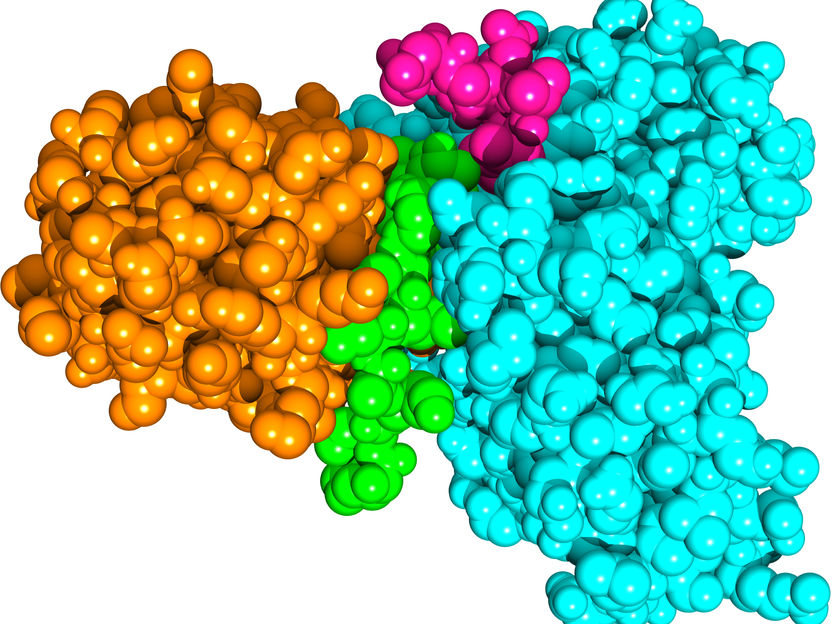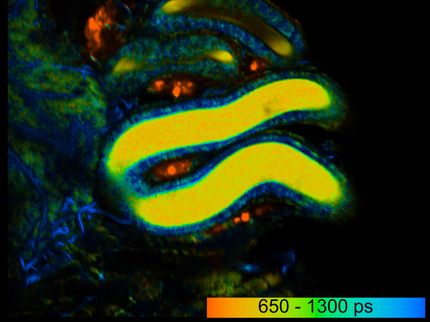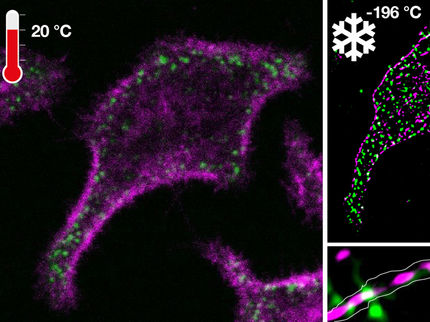Microscopy: Nine at one blow
Advance in biomedical imaging: The University of Würzburg's Biocenter has enhanced fluorescence microscopy to label and visualise up to nine different cell structures simultaneously.

Unique: Nine different cell structures were fluorescence labelled at once to become distinguishable under the microscope.
Thomas Niehörster

The sFLIM procedure enables labelling three different cell structures at once using the same fluorescent dye, allowing them to be distinguished clearly.
Thomas Niehörster
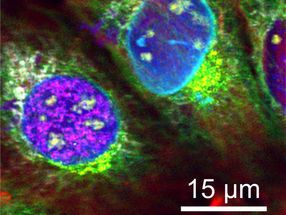

Fluorescence microscopy allows researchers to visualise biomolecules in cells. They label the molecules using fluorescent probes, excite them with light and use the fluorescence thus triggered to get a microscopic image of the cell's structures.
"A major difficulty in this process is to clearly distinguish the many fluorescent probes that are often quite similar to one another," says Thomas Niehörster, a doctoral student of Professor Markus Sauer at the Department of Biotechnology and Biophysics of the Julius-Maximilians-Universität Würzburg (JMU) in Bavaria, Germany.
What the new strategy is based on
To make progress in this field, the scientists have devised a new strategy. For excitation of the probes, they now use three alternately pulsed lasers of different wavelengths (blue, green and red). Additionally, they benefit from differences in the probes' emission spectrum and the slightly different fluorescence decay patterns over time in the range of a few nanoseconds.
This test setup delivers complex data which the scientists analyse using their own software. The entire process is called sFLIM (spectrally resolved fluorescence lifetime microscopy) and seems to work flawlessly: "It enables us to distinguish the fluorescent probes with unparalleled accuracy," Professor Sauer says.
What the method is capable of
This approach allows five fluorescent probes to be distinguished with each of the three lasers, resulting in 15 different structures that could theoretically be visualised at the same time.
In practice, however, the scientists have to settle for less: "It is difficult to label so many different cell structures at once, and there is only a limited number of probes to do so," Niehörster explains. "Nevertheless, we managed to label and visualise nine different structures simultaneously." This includes, for instance, the F-Actin protein structure of the cytoskeleton, the nuclear membrane or newly created DNA.
The method's high sensitivity moreover allows using the same fluorescent dye to label three different cell structures at once that can be distinguished clearly afterwards. This is because fluorescence properties vary slightly depending on the chemical environment in the cell and become distinguishable as a result.
Original publication
Original publication
Thomas Niehörster, Anna Löschberger, Ingo Gregor, Benedikt Krämer, Hans-Jürgen Rahn, Matthias Patting, Felix Koberling, Jörg Enderlein & Markus Sauer; „Multi-target spectrally resolved fluorescence lifetime imaging microscopy”; Nature Methods; 2016
Topics
Organizations
Other news from the department science

Get the life science industry in your inbox
By submitting this form you agree that LUMITOS AG will send you the newsletter(s) selected above by email. Your data will not be passed on to third parties. Your data will be stored and processed in accordance with our data protection regulations. LUMITOS may contact you by email for the purpose of advertising or market and opinion surveys. You can revoke your consent at any time without giving reasons to LUMITOS AG, Ernst-Augustin-Str. 2, 12489 Berlin, Germany or by e-mail at revoke@lumitos.com with effect for the future. In addition, each email contains a link to unsubscribe from the corresponding newsletter.
Most read news
More news from our other portals
See the theme worlds for related content
Topic world Fluorescence microscopy
Fluorescence microscopy has revolutionized life sciences, biotechnology and pharmaceuticals. With its ability to visualize specific molecules and structures in cells and tissues through fluorescent markers, it offers unique insights at the molecular and cellular level. With its high sensitivity and resolution, fluorescence microscopy facilitates the understanding of complex biological processes and drives innovation in therapy and diagnostics.

Topic world Fluorescence microscopy
Fluorescence microscopy has revolutionized life sciences, biotechnology and pharmaceuticals. With its ability to visualize specific molecules and structures in cells and tissues through fluorescent markers, it offers unique insights at the molecular and cellular level. With its high sensitivity and resolution, fluorescence microscopy facilitates the understanding of complex biological processes and drives innovation in therapy and diagnostics.
Topic World Cell Analysis
Cell analyse advanced method allows us to explore and understand cells in their many facets. From single cell analysis to flow cytometry and imaging technology, cell analysis provides us with valuable insights into the structure, function and interaction of cells. Whether in medicine, biological research or pharmacology, cell analysis is revolutionizing our understanding of disease, development and treatment options.

Topic World Cell Analysis
Cell analyse advanced method allows us to explore and understand cells in their many facets. From single cell analysis to flow cytometry and imaging technology, cell analysis provides us with valuable insights into the structure, function and interaction of cells. Whether in medicine, biological research or pharmacology, cell analysis is revolutionizing our understanding of disease, development and treatment options.
Last viewed contents
Yale Researchers Discover New Potential Asthma Therapeutic Targets Related to Parasites and Insects
Protagen Expands Cooperation with Bayer HealthCare
Emergent BioSolutions Announces Appointment of Ronald Richard to the Board of Directors

Deadly combination: new direct trigger for cell death discovered - Understanding the basic mechanisms that lead to cell death is essential for the development of therapies for cancer and other diseases

Bayer: Supervisory Board extends CEO Werner Baumann’s - Contract until the end of April 2024
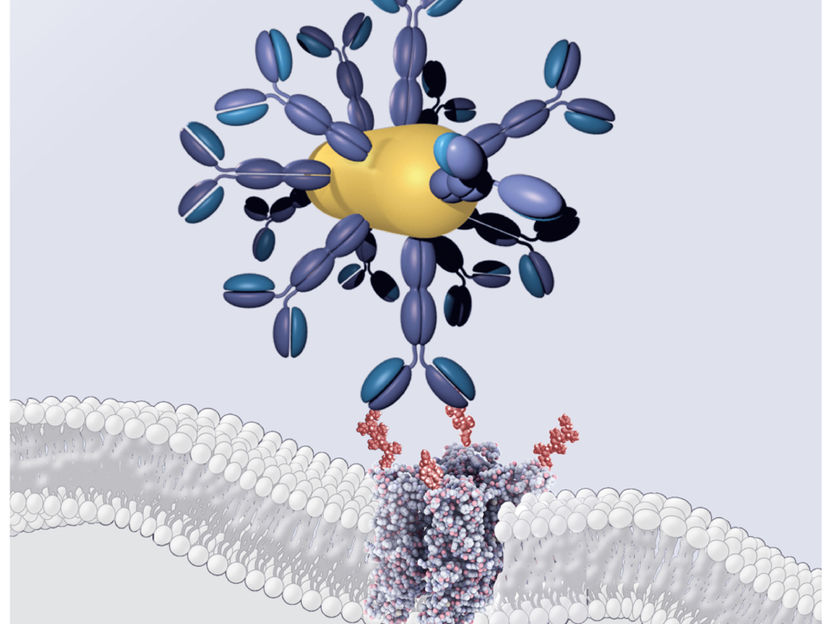
Restoring vision by gene therapy - Latest scientific findings give hope for people with incurable retinal degeneration
Pantec Biosolutions receives ISO 13485 certification
Stora Enso awarded as Finland’s most startup-friendly company
Genetic screening before embryo transfer fails to improve the chance of a baby
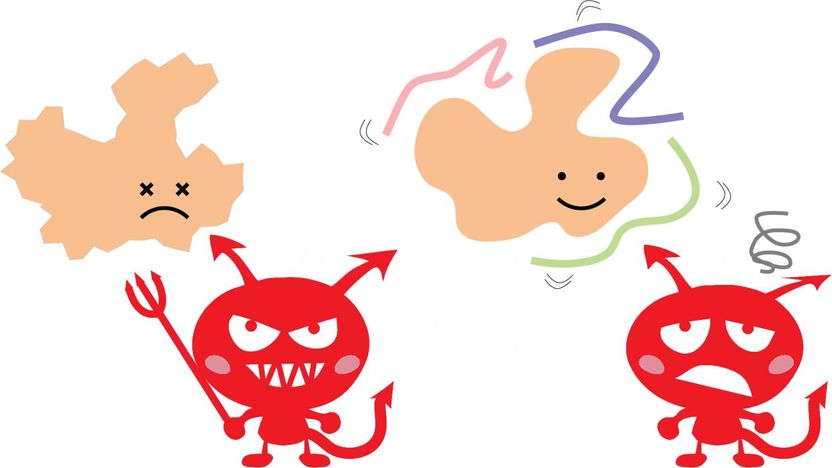
Hero proteins are here to save other proteins - New group of proteins prevent dangerous clumps associated with neurodegenerative diseases
Applied DNA Sciences collaborates with Advanced Coding Systems to produce DNA-embedded microwires
